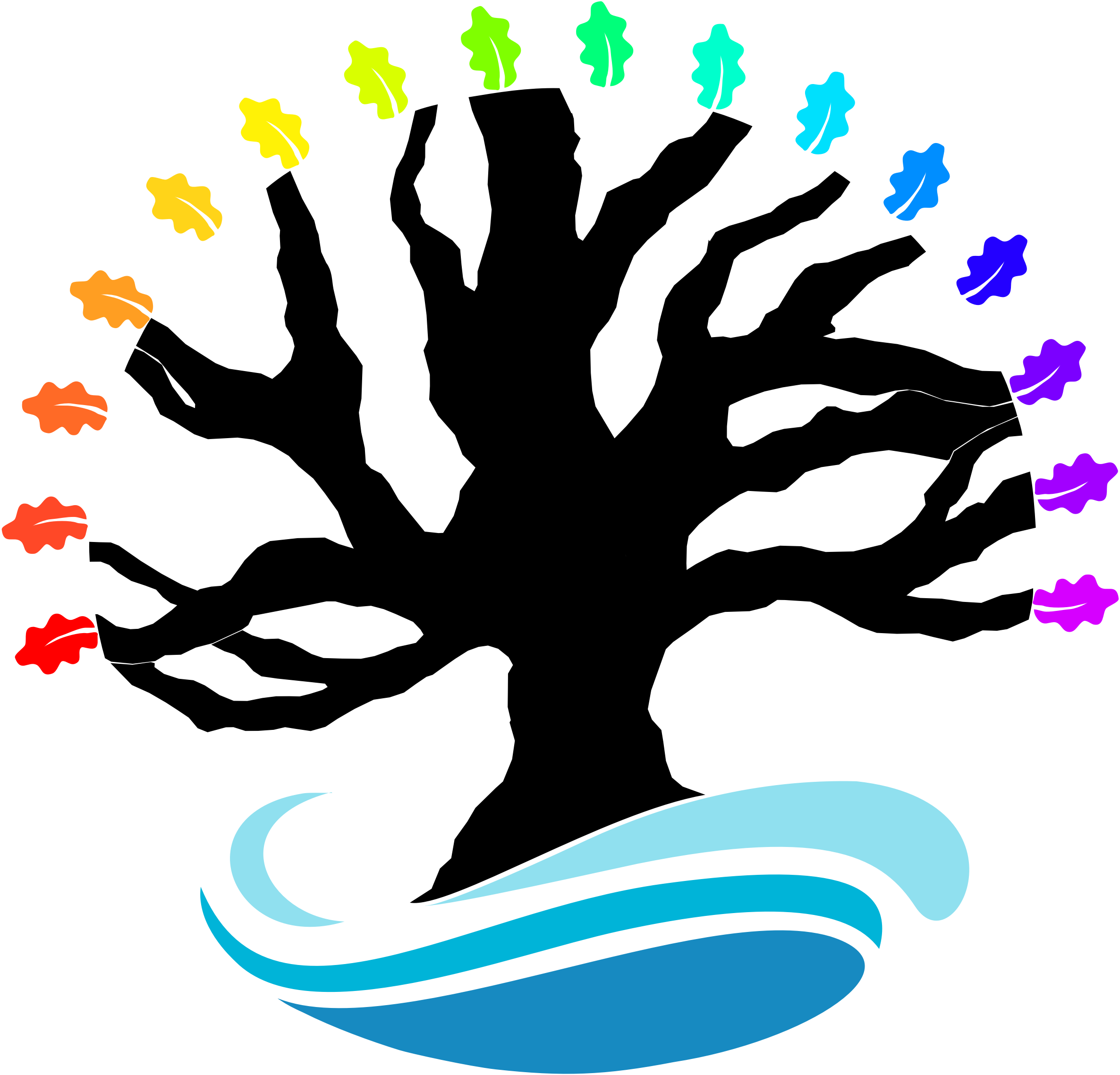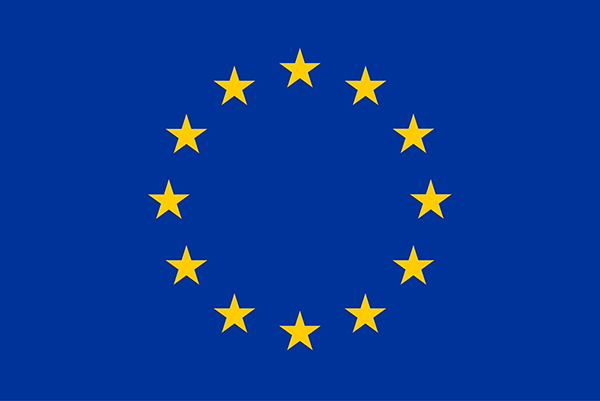Methods of Biomonitoring
The selection of biomonitoring methods in the vicinity of watercourses is influenced by several factors. Different methods are more suitable for assessing various aspects of water quality and ecosystem health. Common goals of biomonitoring include evaluating pollution levels, biodiversity, and population trends. The type of watercourse has different characteristics that are suitable for various monitoring methods. Flow rate, depth, substrate type, accessibility, and spatial-temporal variability can influence the method selection. Site availability is also crucial. Different observation and capture methods were chosen for various groups of organisms.
At the KrivoštianskýBridge site near Laborec, lichens are mainly found on the bark of trees. Their abundance was determined in an interesting way, where on selected three trees within a defined area, approximately 1 meter above the ground to a height of 2 meters above the ground, their presence was recorded around the entire circumference of the tree.
The presence of lichens on trees approximately 50 meters from the watercourse near the road above the bridge on the left bank:
The pollution level was determined using the frequency method, which tells us about the frequency (abundance) of lichen species in the tested area using the formula:





Macroscopic invertebrates, which are large enough to be visible to the naked eye, are the most commonly used invertebrates in biomonitoring. These organisms inhabit the substrates of streams and lakes at least during some stages of their life and play a crucial role in the ecosystem. They serve as a primary food source for many fish, contribute to the decomposition of organic matter, and participate in nutrient cycling. Biomonitoring using aquatic invertebrates provides a longer-term, more comprehensive view of water quality reflected in the community of organisms inhabiting the aquatic ecosystem.
Microscopic organisms: Many microscopic multicellular organisms are found in free water, primarily crustaceans and rotifers. From the water column, we collect organisms using a device called a plankton net (a net with a reinforced rim) through which we filter the water. It is essentially a net made of very fine fabric attached to a ring with a handle of varying length. At the end of the funnel-shaped net, a small transparent container is attached to trap organisms caught with water into the net. Excess water drains away between the fabric mesh. By looking against the light through the transparent container, we can observe the presence of organisms. Since the net ring is round or square, and if we can estimate the length of the sweep we made with the net in the water, we can calculate the volume of water filtered through the net. When examining the entire obtained filtered sample, we can calculate the number of individuals of different organisms present in a certain volume of water. It is advisable to convert such abundance to the number of individuals per liter to compare water samples with each other. For observing very small organisms, we use a microscope. In the laboratory, we pipette small volumes from the water sample, drop a droplet onto a glass slide, cover it with a coverslip, and observe it under the microscope. Microorganisms move relatively quickly at microscopic distances observed in the microscope, making it challenging to observe. Therefore, it is recommended to slow down their movement by using a few cotton fibers, thickening the solution with gelatin, or oxypropyl cellulose.
Among vertebrates, we'll mention a unique group - amphibians, which are legally protected in Slovakia. To capture them, a permit from the Ministry of the Environment of the Slovak Republic is required. However, without a permit, you can record the presence of amphibian eggs or vocalizations. Subsequently, using freely available vocalization keys, you can identify individual species. Even if you have permission to capture and handle amphibians, work should be conducted exclusively under the professional guidance of an expert or environmental conservationist.






